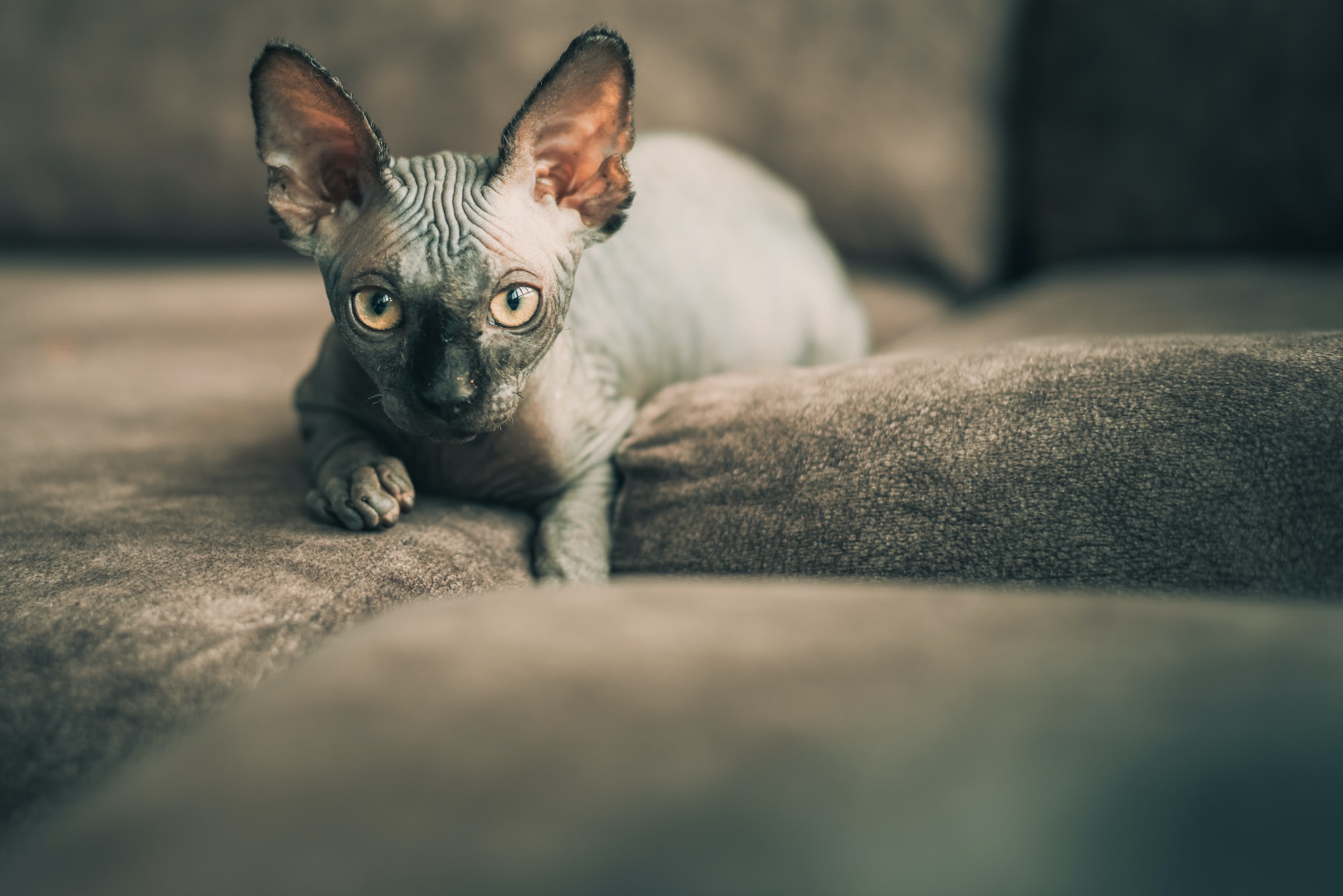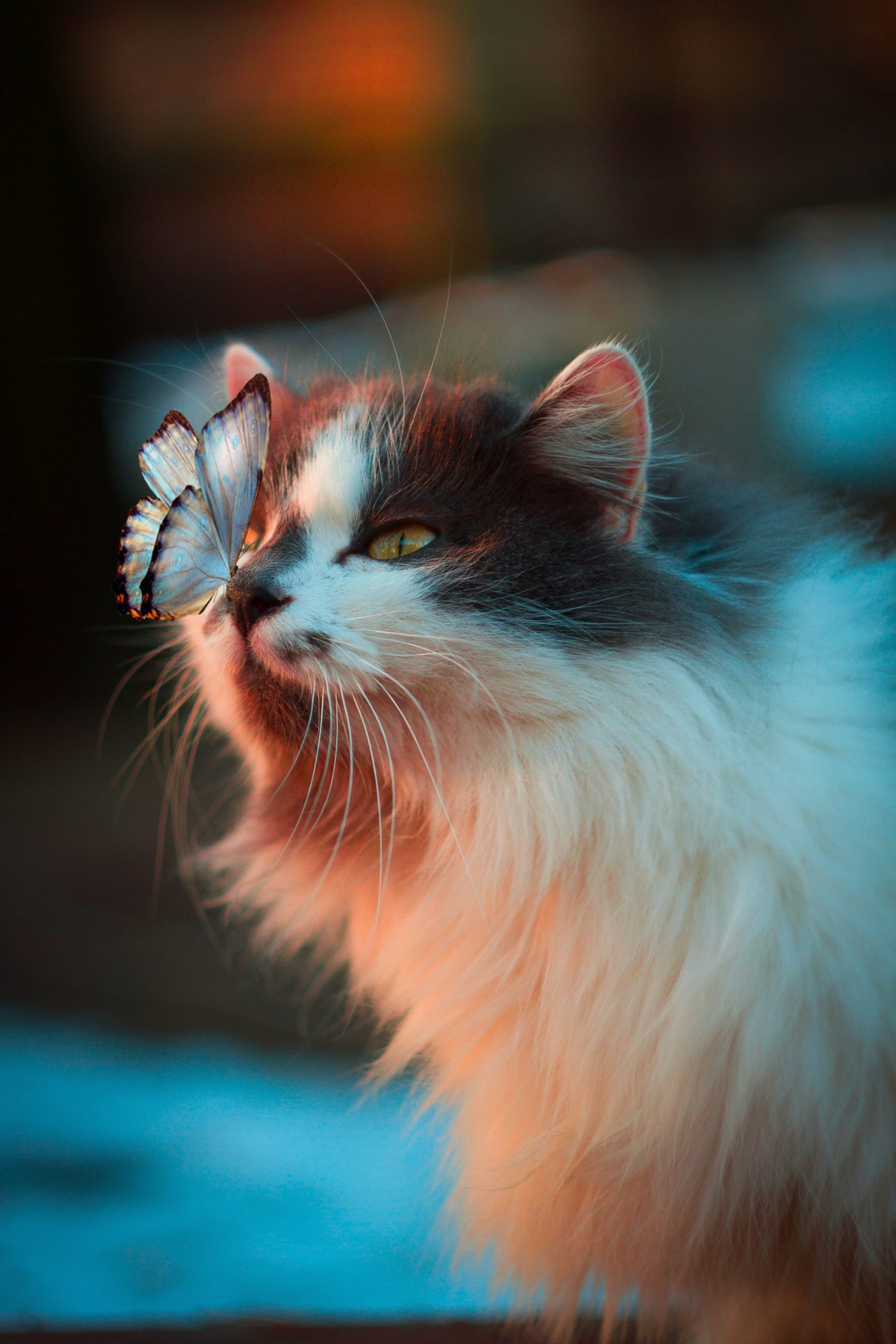
And yes, it’s not only humans who can get acne on their faces. Felines, and in particular cats, are susceptible to this kind of disease. What are the factors that favor the appearance of these spots? How does this condition manifest itself? What treatment should the cat follow? Which preventions? So, without further ado, let’s dive into this blog and learn some of the things everyone ought to know about feline or car acne.
What is cat acne?

It is a pathology that is characterized by skin inflammation due to the presence of lesions called: comedones. These are blackheads most often found on the cat’s chin, upper or lower lip, but they can also be located on its supracaudal area (on its tail). They appear when the hair follicles are blocked by excess sebum. We can also talk about “keratinization of hair follicles”.
If left untreated, these blackheads turn into pimples and pustules. In addition to all of this, hair mats appear, which are caused by an accumulation of sebum and follicular debris around the hair. Males or females, kittens or older cats, all without exception, can be affected by feline acne. Feline acne must be treated quickly, or it may develop into a hair follicle infection or chin edema.
Why does feline acne appear?
Even though several specialists have tried to detect the real cause of feline acne, the study has not been successful so far. Nevertheless, they have been able to detect the triggering factors for the appearance of this pathology. These include:
-
- Excessive stress
-
- Contamination by a virus
-
- A reaction to allergies, especially to plastics
-
- A lack of hygiene for cats that do not clean their bodies properly
-
- A weakened immune system causes inflammation of the sebaceous glands.
How does cat acne manifest itself?
At first, blackheads appear on the chin, around the lips, and on the tail. As the inflammation worsens, papules appear, and pustules or even boils can quickly develop. The affected areas all become red (erythema) and lose hair. The cat feels a permanent urge to scratch since the disease is very painful for him. Sometimes the cat may even injure itself while scratching. If treatment is delayed, the disease can become more complicated. The lymph nodes become swollen, and the cat gets weaker every day.
How is this disease diagnosed?
The appearance of comedones, papules, and pustules does not necessarily mean that feline acne is present. Other dermatoses such as parasitic diseases (ringworm, scabies…), fungal diseases (Malassezia…) or allergies can also cause these symptoms. To be sure, the veterinarian first makes a diagnosis by placing a glass slide or tape under the chin of the cat. This will be immediately stained and then observed under a microscope. In some cases, fungal or bacterial culture and/or a skin biopsy may be necessary. A veterinary analysis laboratory will perform these different analyses.
How to treat cat acne?
It is important to differentiate between the treatment of mild and severe acne.
Treatment of the mild form
If the disease is detected in time, the treatment will be quick and easy. The veterinarian will prescribe a disinfectant lotion, an antibiotic ointment with an anti-inflammatory, and an anti-seborrheic shampoo. He will use a general antibiotic therapy if there are infections with pus flow.
Treatment of the severe form
If the disease has already worsened, the veterinarian will complete the above-mentioned care with a treatment based on corticoids and synthetic retinoids. These help to reduce the proliferation of comedones.
Which preventions against the acne of the cat?

To avoid the recurrence of the disease in the cat, it is necessary:
-
- Brush and clean its coat every day
-
- Avoid exposing your cat to stress factors
-
- Take care of its diet (healthy and balanced)
-
- Regularly clean his bowl and his water bowl
-
- Replace plastic bowls with ceramic ones
-
- Take him to the veterinarian for regular check-ups.
Sound off in the comments section below, and tell us what you want to read next and if you want to read more about feline acne.





